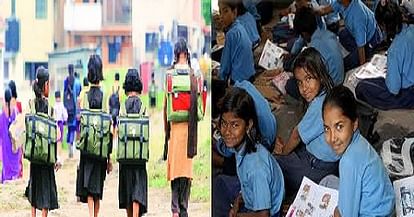
education
New Delhi
With Educational Statistics at a Glance figures mentioning that the Gross Enrolment Ratio for all persons in elementary education increased from 81.6% in 2000-01 to 96.9% (provisional figure) in 2014-15, the Annual Status of Education Report (Rural) 2016 has revealed that significant proportions of children still struggle with foundational skills.
The architecture of the Annual Status of Education Report (ASER) is based on ground realities that need to be taken into consideration if assessment data is to be translated easily into effective interventions.
Learning outcomes are far below grade level for many children currently enrolled in school. Even in upper primary grades, significant proportions of children still struggle with foundational skills, according to ‘Ground realities in India’ - a section of the report.
ASER 2016 reached 589 rural districts across India. The survey was carried out in 17,473 villages, covering 350,232 households and 562,305 children in the age group 3-16.
Major Highlights
ASER 2016 indicates that even in grade VIII, close to 25% of enrolled children are unable to read fluently at grade II level.
ASER 2016 reached 589 rural districts across India.
About ASER
ASER is a household survey that provides estimates of children’s schooling status and their ability to read simple text and do basic arithmetic. The survey reaches almost all rural districts of India and covers children in the age group 3-16.
Purpose of ASER
Obtain reliable estimates of the status of children's schooling and basic learning (reading and arithmetic ability).
Measure the change in basic learning and school statistic.
About Educational Statistics at a Glance
The Educational Statistics at a Glance is a handbook is an abstract of data contained mainly in various statistical publications of the HRD Ministry and School Education in India - Flash Statistics brought out annually by National University of Educational Planning and Administration (NUEPA).








